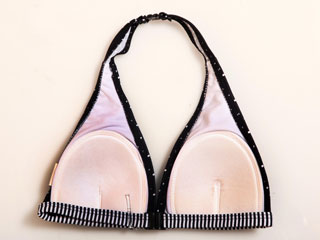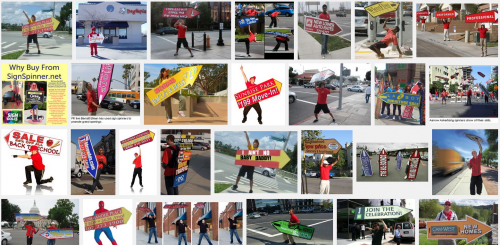Stephanie DeH., Cara McC., and our intern, Lauren McGuire, sent in this CPR certification campaign that embraces the idea that sex sells. I initially added it to our post on using sex to sell unlikely things (e.g., organ donation and sea monkeys), but I changed my mind and decided it deserved its own discussion.
What was interesting to me about this example is the sexualization of the possibility of dying. The fact that a person might die is apparently not serious enough to make it unsexy. It actually took me a minute to even notice the weirdness of sexualizing the risk of death. After I noticed I thought “How crazy!” But then I thought again: in a society that regularly sexualizes violence and murder, the sexualization of near-death is par for the course (which, of course, is why it didn’t strike me as particularly weird in the first place.
NSFW and possibly triggering, so images are after the jump:













